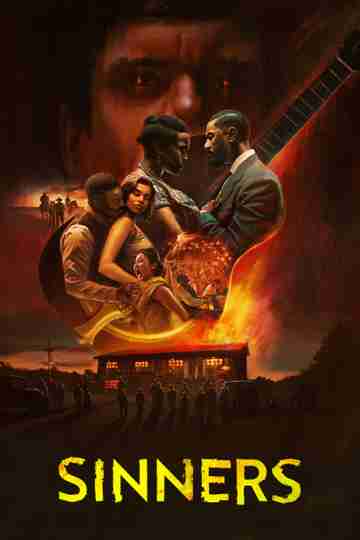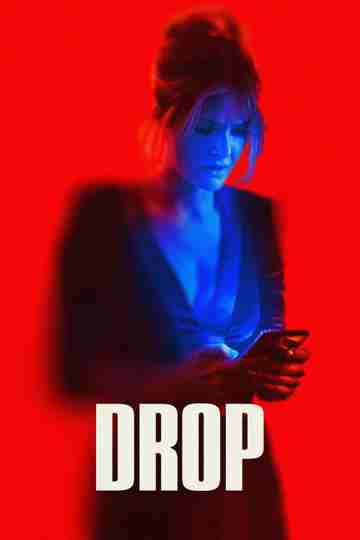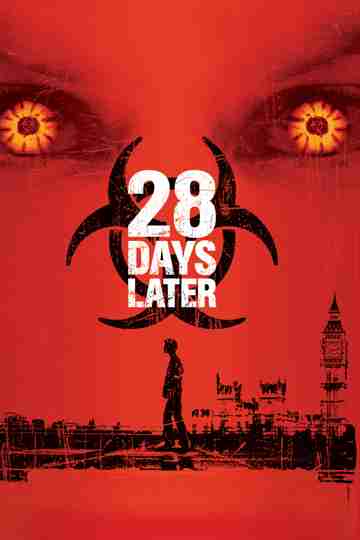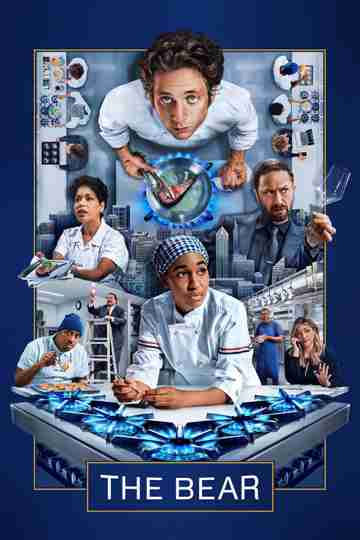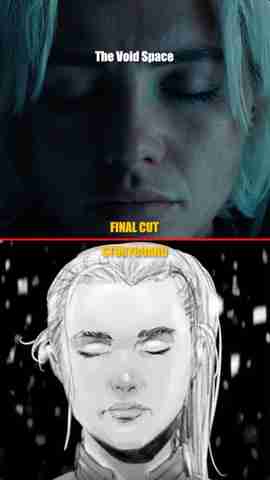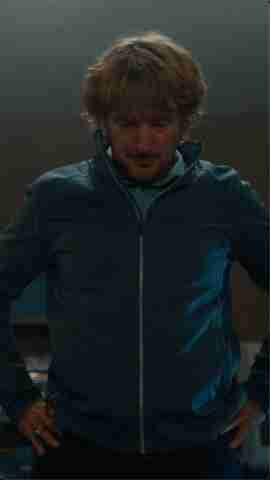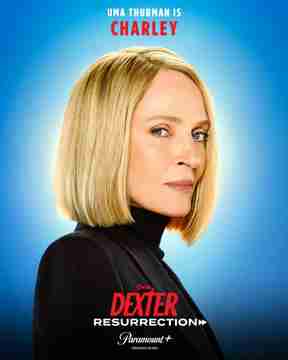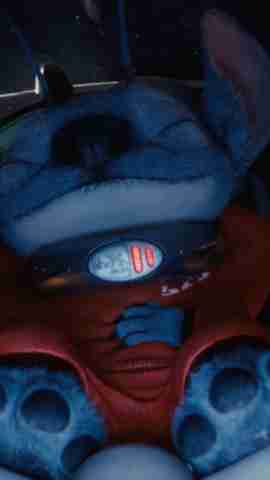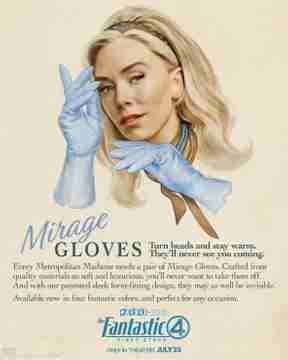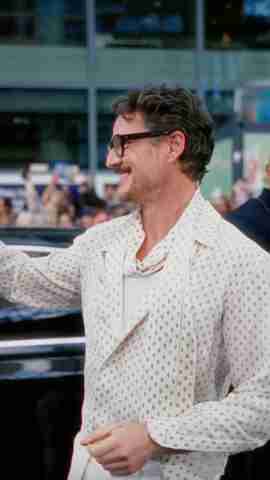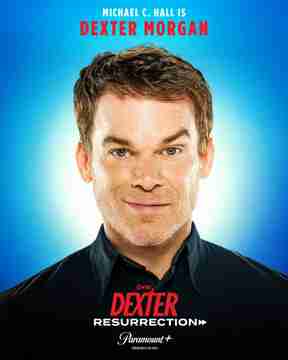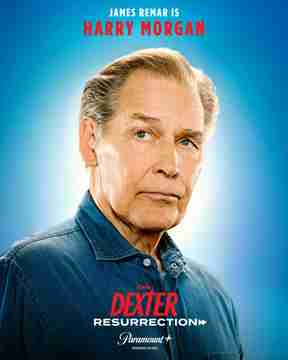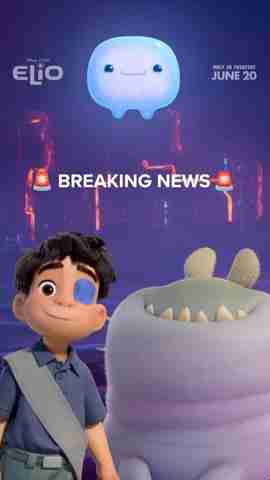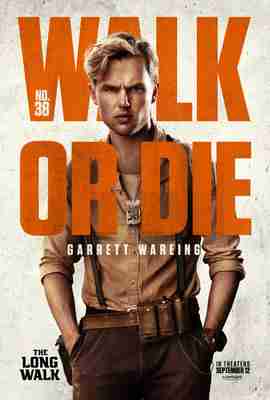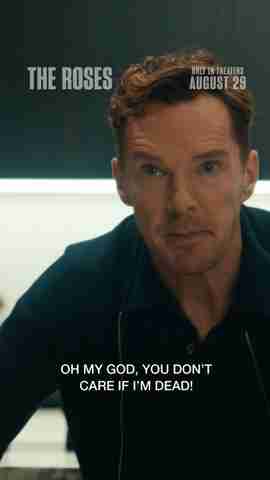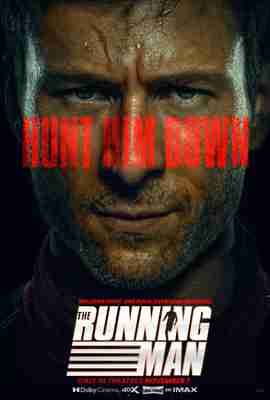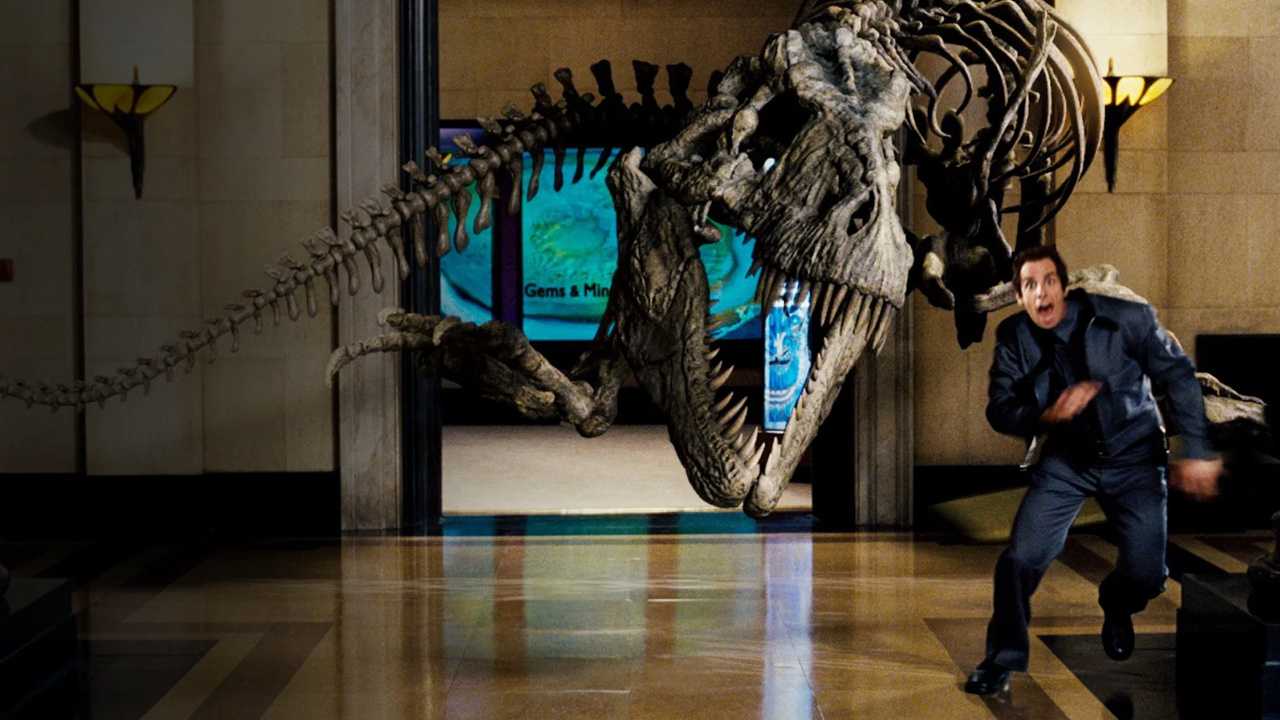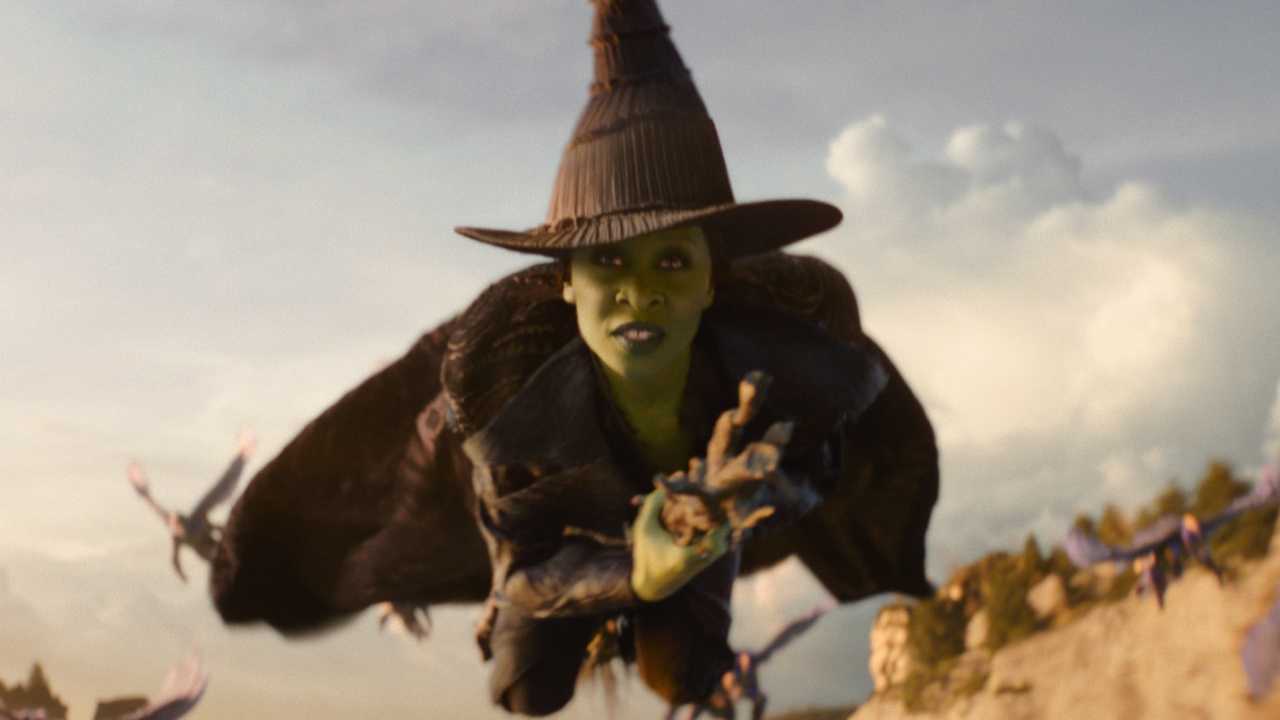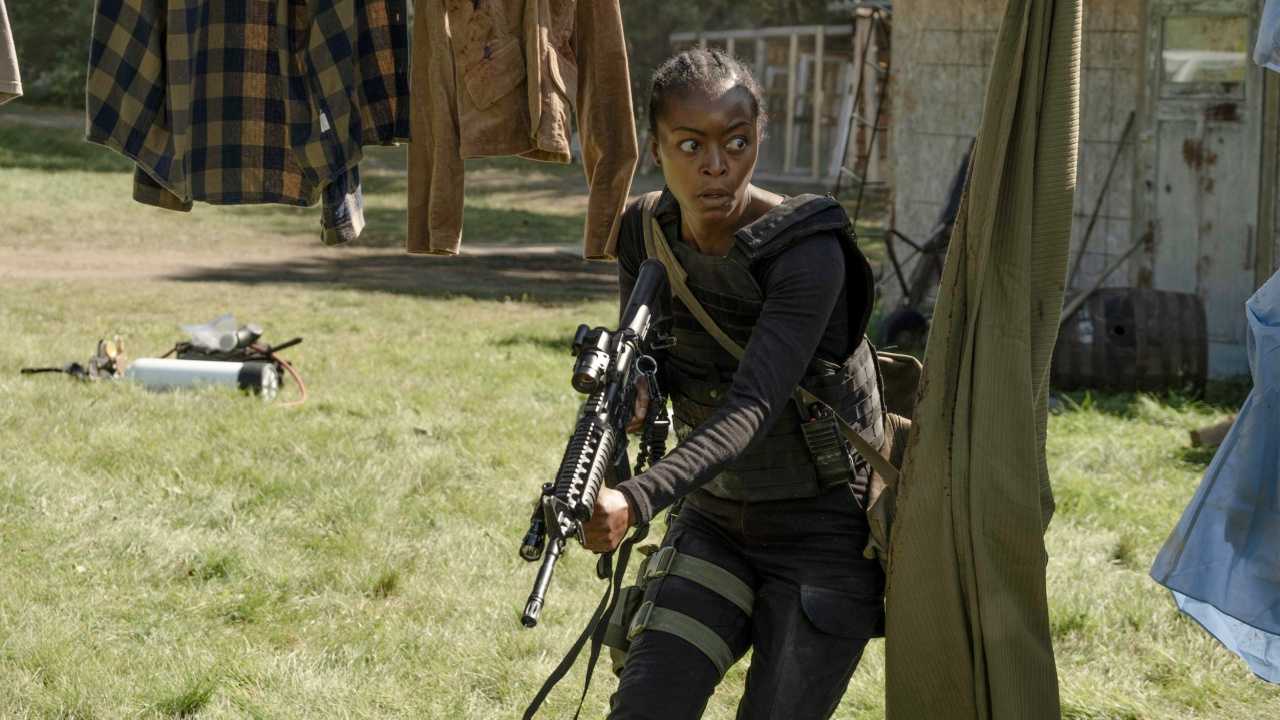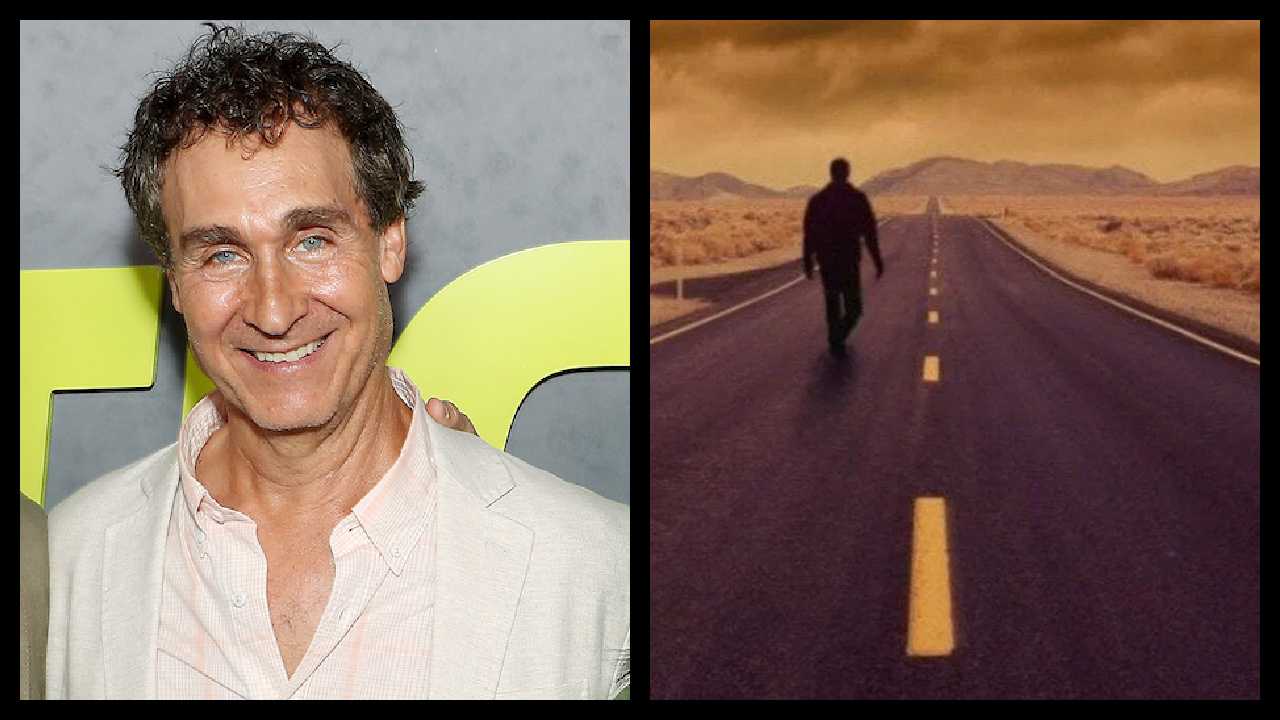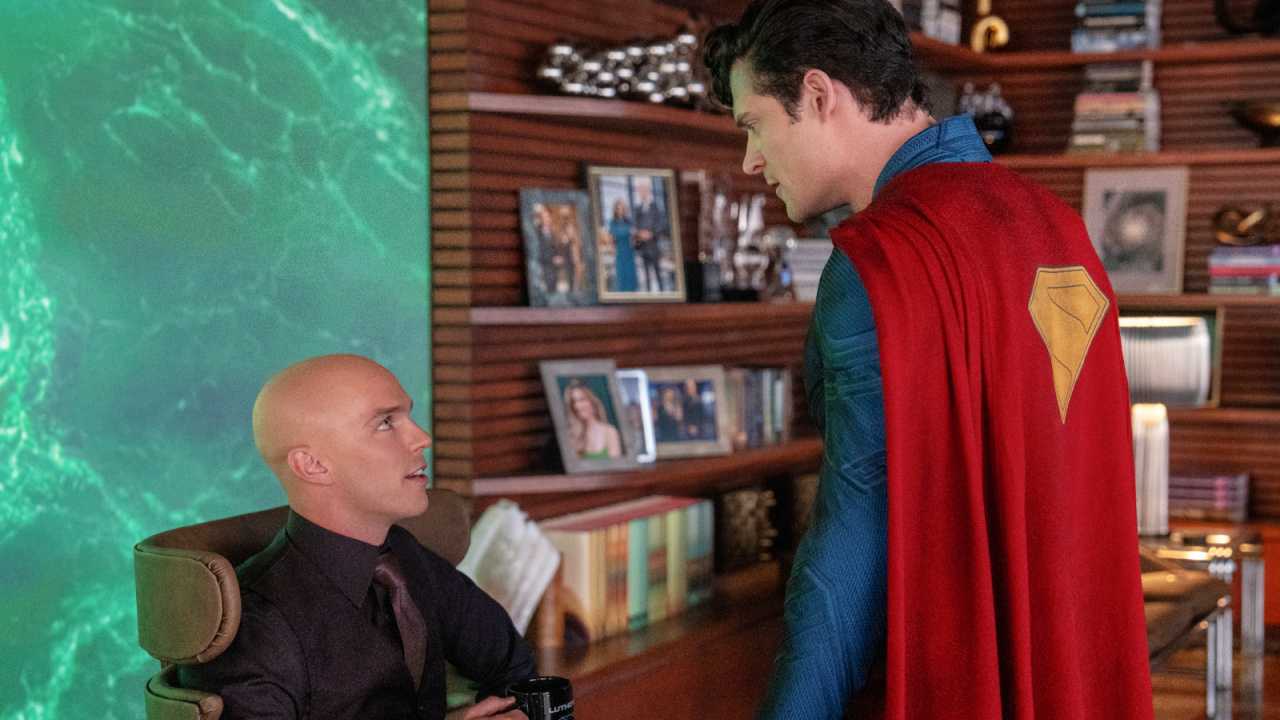9 Intense Movies That Take Place in One Location
It's hard enough to make an effective thriller. But making an effective thriller that's only set in one place seems downright impossible. And yet, it happens. These movies are not only elegantly suspenseful, but they use the constraints of the sub-genre wonderfully. With these movies, the limitations never hedge in the imagination.
'Rope' (1948)
In 1944, Alfred Hitchcock made a single-location thriller set in a lifeboat called, predictably, “Lifeboat.” And it was enough of a creative shot in the arm that the master of suspense would return to this idea periodically throughout his career. “Rope,” based on both the stage play by Patrick Hamilton and on the Leopold and Loeb crime, is arguably the most virtuosic and playful of these single-location thrillers. Through a series of long, labyrinthine takes, Hitchcock establishes the impish murderers John Dall and Farley Granger) and their pseudo-inspiration, a publisher (Jimmy Stewart). The action plays out in almost real time, which only increases the dramatic tension.
'Rear Window' (1954)
Hitchcock would return to the idea of the limited setting thriller for “Rear Window,” again starring Jimmy Stewart, this time as a man who breaks his legs and starts obsessing about the inhabitants of his apartment building. Eventually, he uncovers a murder. This is incredibly tense and (like the best single-location thrillers) works as a character drama as much as a suspense piece.
'Phone Booth' (2002)
Colin Farrell got one of his first big breaks in “Phone Booth,” a nifty thriller from director Joel Schumacher (working from a pitch-perfect script by genre legend Larry Cohen). In it, he plays a self-absorbed and womanizing publicist who gets a phone call from a mysterious killer on New York City's last public phone. It's a great conceit, especially with the added implication of his time running out as the technology that he's being trapped in runs out, too. (Times, they are a-changin'.) Thanks to Farrell's performance, the tight direction, and truly menacing voicework by Kiefer Sutherland as the killer, this thoroughly modernized the Hitchcock concept for a new generation.
'Panic Room' (2002)
Of course, a single-location thriller left in the hands of David Fincher will be elevated to the level of pure artistry. And that's what happened with “Panic Room” about a trio of intruders who trap a mother (Jodie Foster) and her young daughter (Kristen Stewart) in the fabled panic room. In what is essentially one single, protracted set piece, Fincher allows character development to arise through physical action, uses updated camera techniques to careen around the room (and the apartment outside), and generally places the viewer in a goosebumps-generating land of claustrophobia and unease.
'Bug' (2006)
Almost uncomfortably odd, “Bug” is based on the stage play by Tracy Letts (who also wrote the film's screenplay) and it will creep you the hell out. It stars Michael Shannon (in one of his first big roles) alongside Ashley Judd as a couple of rubes who are holed up in a dingy motel room, trading conspiracy theories. As their paranoia grows, an idea about killer bugs infesting their bodies solidifies. Soon after, violence erupts. You've really never seen anything like this movie, expertly directed by shock expert William Friedkin, and boy is it powerful.
'1408' (2007)
One of the more underrated Stephen King adaptations, “1408” is a classic chiller starring John Cusack as a skeptical author of haunted house books. He soon checks himself into what is billed as a particularly demonic suite. (Or, as Samuel L. Jackson puts it in the most Samuel L. Jackson way possible, “It's an evil f*cking room.”) Of course, given that this plays with elements of the phantasmagorical, the single-setting rules get pushed and pulled a bit, as ghostly apparitions appear and transformations occur. But the principles of the sub-genre and the sustained level of terror are both maintained throughout. Spooky!
'Buried' (2010)
'All Is Lost' (2013)
Weirdly overlooked, this brilliant film from J.C. Chandor stars Robert Redford as a man whose yacht is bumped by a wayward shipping container, ripping a hole in the hull. As the man fights to fix the damage and return to land (he was in the middle of the Indian Ocean), with very little food or water, the sea and weather fail to comply and he fights for survival. “All Is Lost” fits the criteria because it's always on Redford's tiny boat, but the breadth of its philosophical and metaphorical concerns is truly limitless.
'Locke' (2013)
Describing a film as Tom Hardy talking on the phone for 90 minutes while driving isn't exactly riveting. (Also, it's a potential safety violation -- eyes on the road, Hardy!) But in the capable hands of Steven Knight, it's positively thrilling. The movie was filmed as a series of takes, with Hardy making real phone calls to actors who were together in a hotel room. And there's an immediacy that goes beyond its real-time trappings; Hardy is so wonderful and emotive in the role that you can't help but be totally gripped. And “Locke's” central mystery is both smaller and yet more heartbreaking than you could have imagined. Whew, what a movie.

